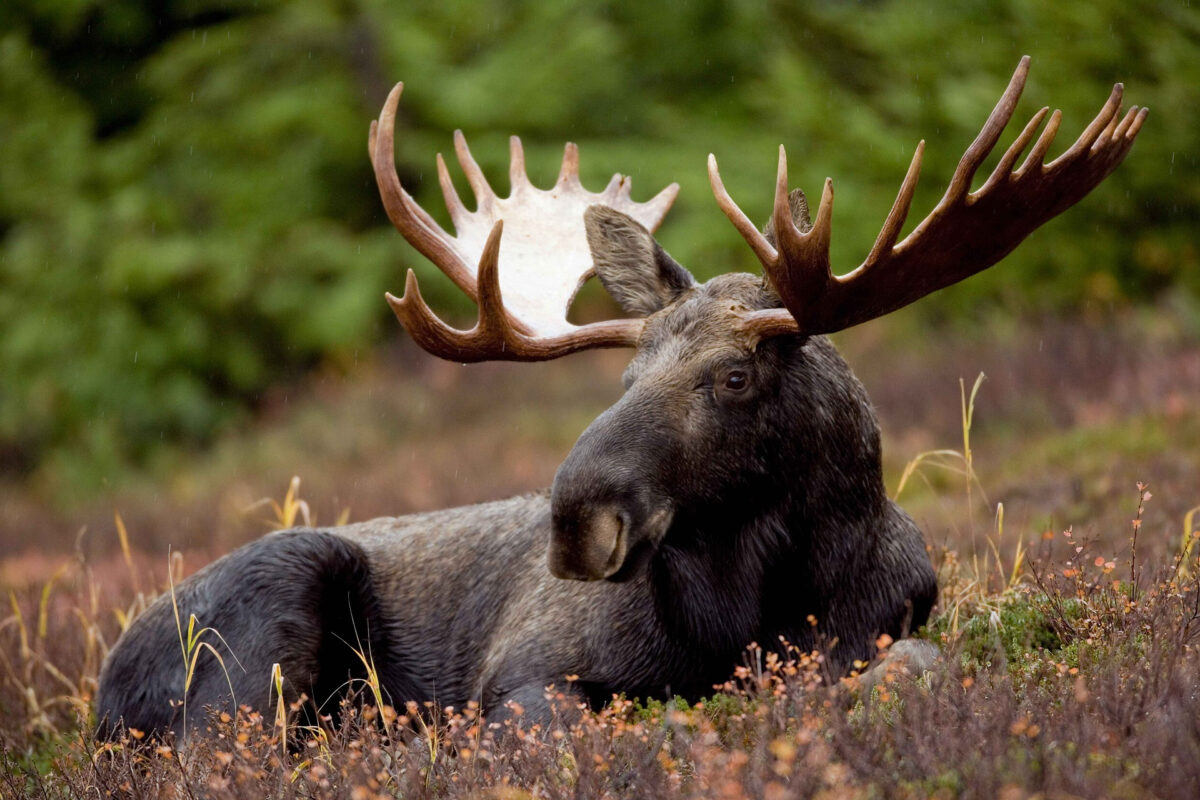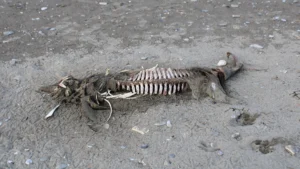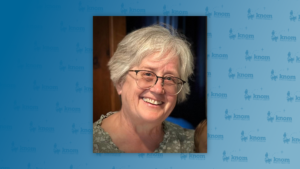As Monday’s reporting deadline looms for this season’s Unit 22 moose hunters, the Alaska Department of Fish & Game (ADF&G) recapped the fall 2019 RM840 hunt and shared some context on the overall health of the moose population on the Seward Peninsula.
KNOM’s Davis Hovey reports:
“It went well. Seasons were relatively brief in comparison to maybe what they were 15 years ago. But everybody that participated in the hunt complied with the reporting requirements.”
That’s Bill Dunker, an area biologist for ADF&G, sharing his thoughts on the recent bull-moose hunt in Unit 22. He explains that the Seward Peninsula is now on the backside of a moose population decline.
“We experienced decades of growth and the population ultimately peaked in the late 1980s or early 1990s and thereafter, it’s our understanding at least, the population declined in response to nutritional stress as a result of having a large number of moose and perhaps more moose than the landscape could sustain.”
More than 400 permit holders signed up this fall to hunt for a share of the 61 moose quota in the three areas covered by RM840 – Unit 22B West, 22C, and 22D. One person who didn’t participate this year was life-long Nome resident Austin Ahmasuk. Ahmasuk says he opted out of the RM840 bull-moose hunt as an act of protest against ADF&G’s management of the species.
“I think that Fish & Game is mismanaging moose in the Nome area. For now, going on 20 years, Nome moose hunters, we’ve been forced to do more, spend more time, expend more energy, get more things, buy more toys to hunt moose. And now in 2019 we have a ridiculous moose season in (Unit 22) C, B, and D that lasts only a few days.”
Dunker admits the RM840 hunt is different than it used be, but then again so is the bull-moose population in the area. The last five or so years of lowering the harvest quota, and belt-tightening so to speak, has paid off in Dunker’s mind, but he points out there is still a lot of variability within Unit 22 overall.
30 bulls per 100 cows is currently the goal ratio for the department and based on recent composition surveys from 2017 and 2018, the estimated ratio in Unit 22C is 31 or 32 bulls per 100 cows. But in 22D, Dunker says that is the area where Fish & Game has the most concerns at this point.
“In certain parts of the (Seward) Peninsula moose are doing better than they have historically and in other portions of the peninsula we see some concerning metrics: poor productivity, poor recruitment, declining bull to cow ratios. Other parts of the peninsula have been relatively stable for, going on, 20 plus years, (and) persistent at that lower density compared to what they were, kind of in the heyday of moose here on the Seward Peninsula.”
According to ADF&G, the latest composition survey from last fall found 18 bulls per 100 cows in Unit 22 D, which suggests the current level of harvest is not sustainable.
Ahmasuk believes the heart of the issue revolves around an outdated amount of moose necessary for subsistence as more people are living and hunting in the Nome area. He has submitted proposals related to this issue to the Alaska Board of Game in the past but says he did not put one in for this year.
One of the proposals currently on the list for the upcoming Board of Game meeting in January, seeks to change the hunting regulations for Unit 22 Remainder. Dunker says he’ll be keeping his eye on that proposal’s outcome.
“We’re hoping that by transitioning to a registration permit we can both better understand what overall harvest is in that area through improved reporting compliance, which we’ve seen when we’ve applied registration permits in other parts of the region. But the registration permit will also give us the tools to do some in-season management if need be, administer emergency order closures, much like the way we do along the Nome road system, in order to maintain harvest at sustainable levels”
Regardless of the Board’s decision on ADF&G’s proposal, Dunker and his team are planning to conduct a new abundance survey for moose in Unit 22D this coming spring. Fish & Game last surveyed moose abundance for 22D Remainder in 2014.
*A reminder that all RM840 moose hunt reports are due to the Nome Fish & Game office by the end of day Monday, September 30th.
Image at top: Stock photo of a bull moose, sourced from the public domain via Pixabay (2019).





